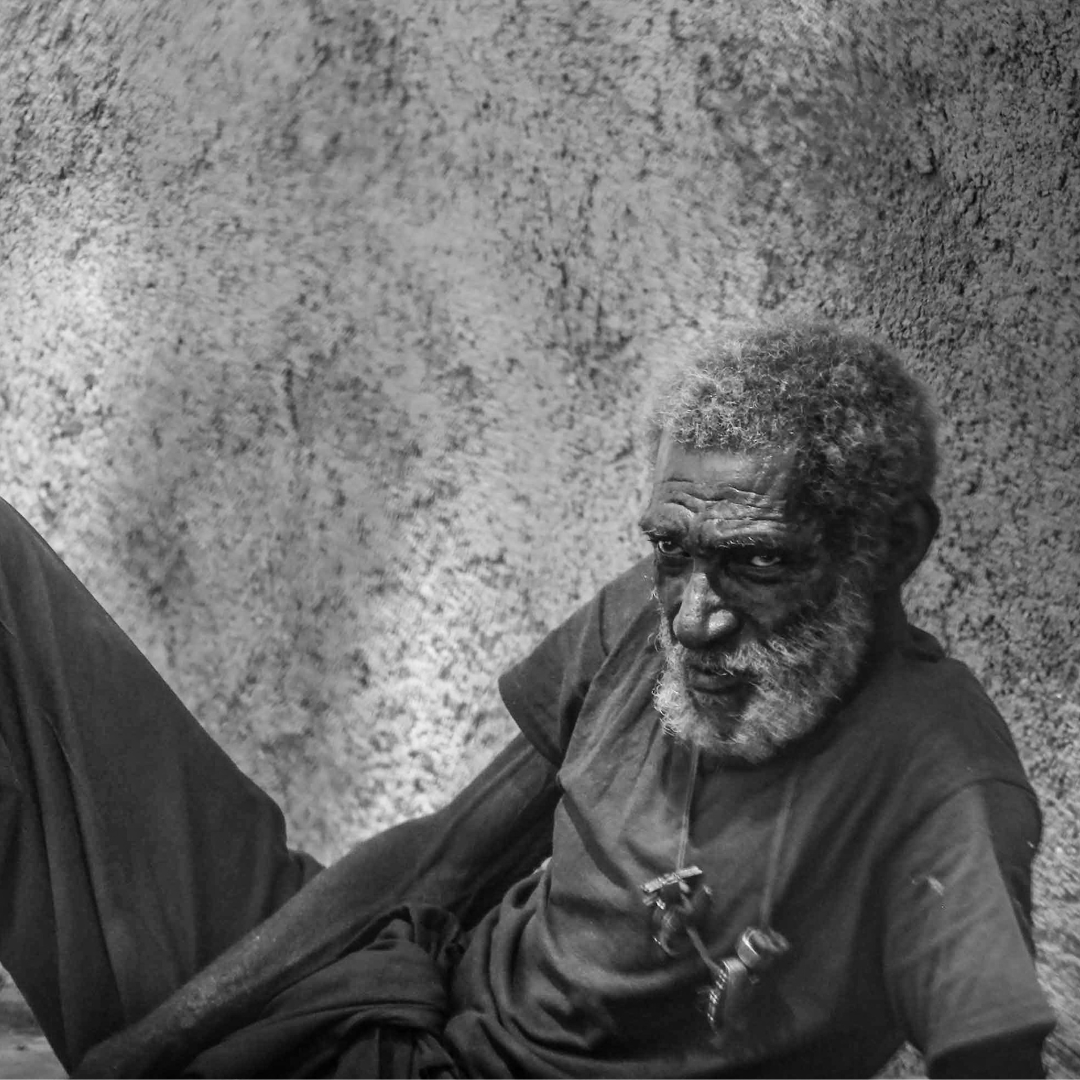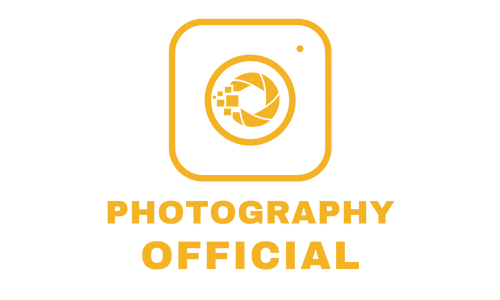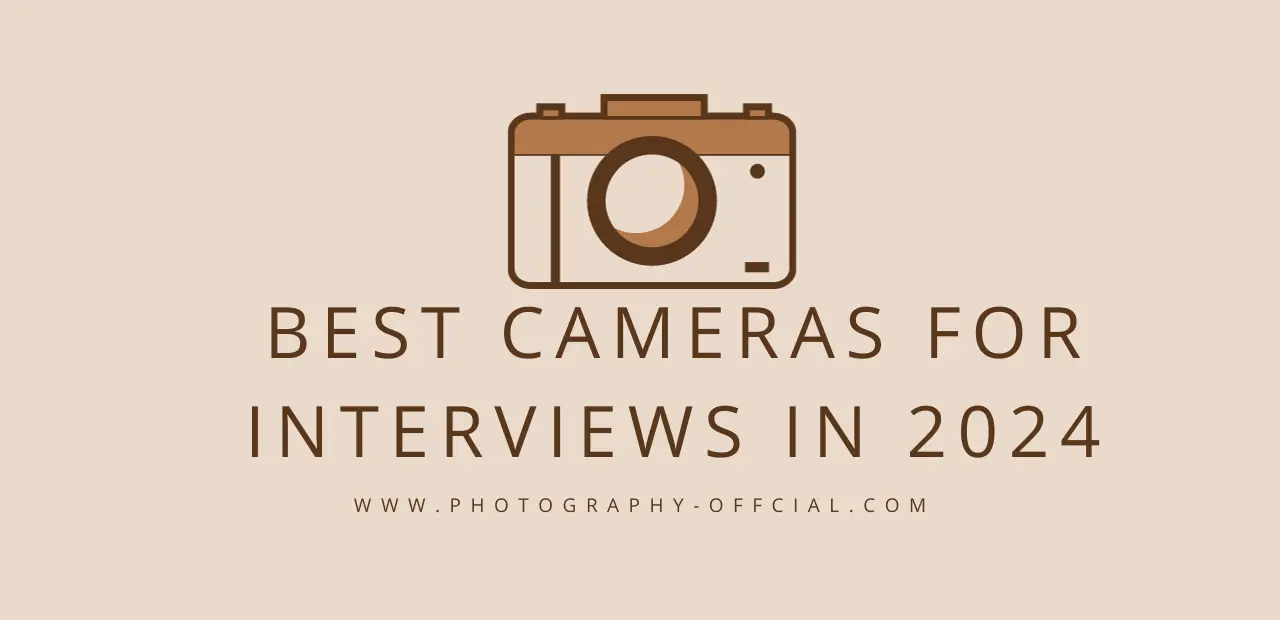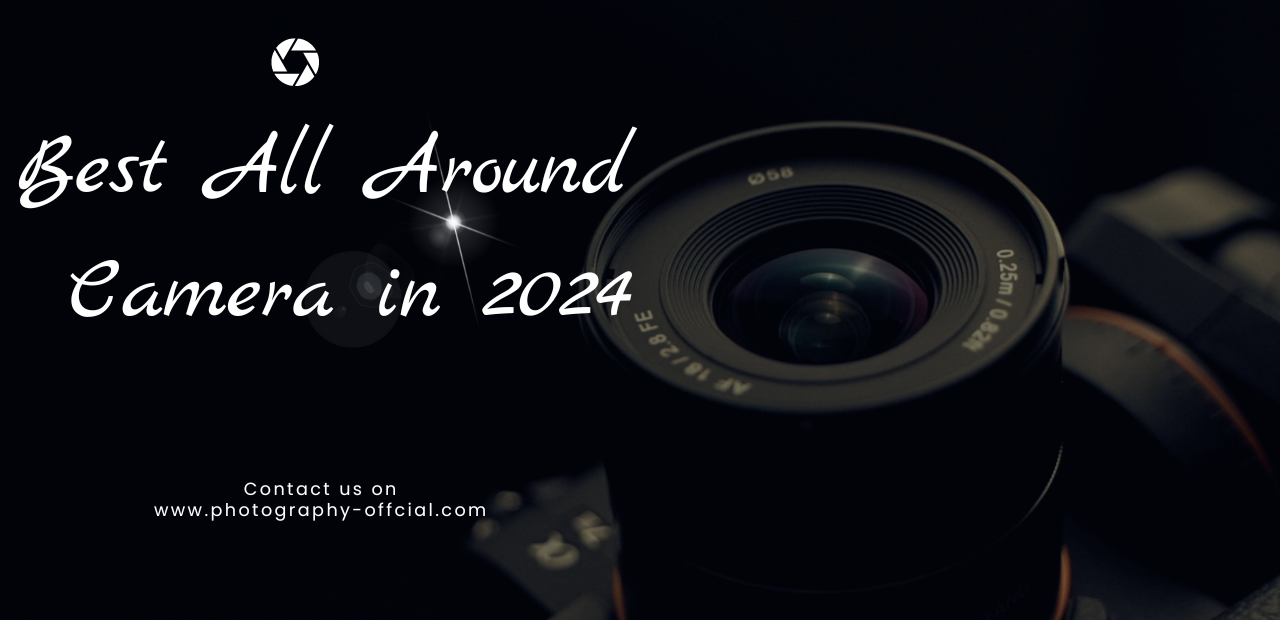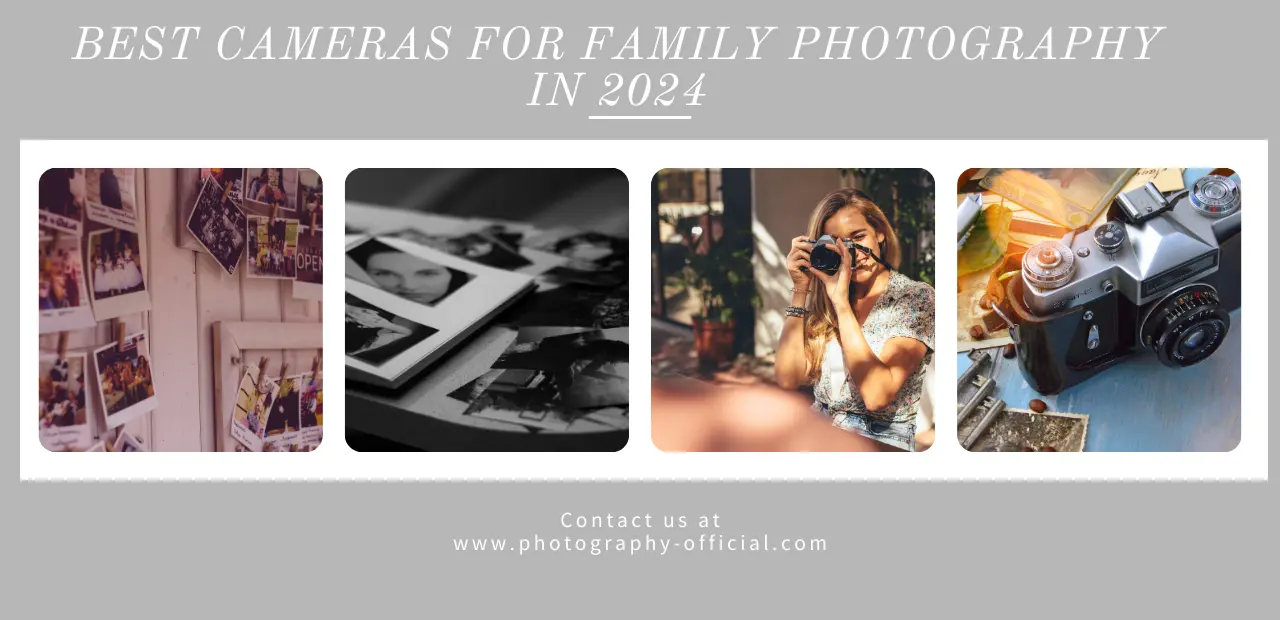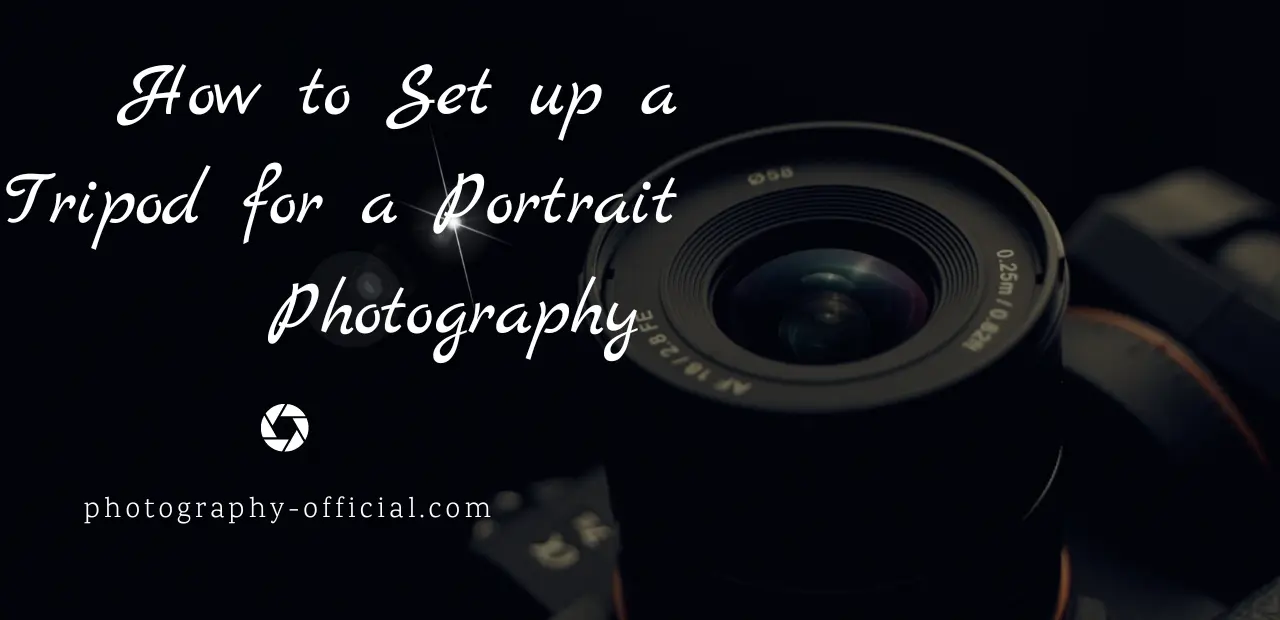Complete Guide to Digital Infrared Photography
Welcome to our complete guide to digital infrared photography, where we’ll answer your many questions about this increasingly popular and sought-after type of photography. Generally speaking, while the film is used to make classic infrared photos, the film is not used when making digital photos, but the image is created in a digital camera thanks to special electronic sensors. Parallel to the development of digital photography and the application of equipment to it, digital infrared photography also developed.

Before we go with the complete guide to digital infrared photography, it would certainly be useful for you to also read our text How Infrared Photography Works in General to enter the world of Infrared Photography. Be sure to register on our Marketplace for photos, where you will find a lot of interesting content, but also become the creator of that content yourself by publishing your works. And now we go to the text itself and to begin with, we will start with the differences between classic and digital infrared photography.
Differences Between Classic and Digital Infrared Photography
Today’s digital cameras are widely used due to the ease of taking photos, the quality and quantity of photos, which are limited only by the size of the available memory card in the camera. Furthermore, it is possible to view, delete and select photos on the spot, and the procedures for subsequent processing and storage of recorded material have been improved and facilitated.
What has been pointed out as an advantage of digital photography compared to classical photography when taking conventional/typical photos is also valid for infrared photos. Namely, as digital photography developed and improved, so did digital infrared photography. Compared to classic infrared photography, it enabled the easier recording of photographic material, its processing, and review with immediate adjustment of the necessary parameters, facilitated the printing of digital infrared photos and highlighted several advantages compared to the process of recording analog infrared photos.
While recording and making a classic infrared photo requires a special film sensitive to infrared radiation, the creation of a digital infrared photo was made possible by the invention and development of sensors sensitive to infrared light. This eliminates the difficulties associated with storing, inserting and generally handling the film, both in the phase of taking infrared photos and in the process of developing the film and creating the recorded material.

Electronic Sensors in a Digital Camera
As already mentioned earlier, when making digital photos, the film is not used, but the image is created in a digital camera thanks to special electronic sensors. They consist of countless photosensitive elements that record a black and white record when taking a photo.
Namely, each pixel on a digital camera contains photosensitive photodiodes that convert light into electrical signals proportional to the amount of light reaching the sensor. Photodiodes do not recognize the difference between the wavelengths that determine the color of light, so they do not react to color but only to the intensity of the light that reaches them, thus converting the obtained data into a photograph.
To add color to digital recordings, color filters containing red, blue and green colors are used, and the filter with the so-called Bayer pattern is most often used. It allows the digital camera to add and create a color based on the data coming to the sensor, alternately arranging them according to the established pattern and its rows, adapting the color data to human vision.

Bayer’s Foveon X3 pattern type, where the photodiodes are sandwiched between the silicon red, blue and green layers, is theoretically very similar to the emulsion application for color film. Silicone layers absorb different colors at different depths and thus a complete color image is formed.
Sensors in digital cameras are sensitive to a very wide spectrum of radiation, including the range from x-rays to infrared radiation, however, digital cameras use sensors with a photosensitivity range of visible light of wavelengths from 380 nm to 700 nm.
Today, two types of sensors are most often used in digital cameras: CCD and CMOS sensors, on which light is focused through the lens of the camera. CCD and CMOS sensors are sensitive to infrared radiation over 950 nm to 1200 nm and are suitable for recording infrared photos.
CCD sensors do not register colors, but only the intensity of the light that falls on them, red, green or blue colors are added to the image formed in this way using certain color filters, according to the established pattern.
CMOS sensors have an amplifier under each pixel, so each photosensitive diode can be read separately, using its addressing according to the coordinate grid system, which allows all electrical impulses to be processed at once, thus freeing up the sensor for the next exposure.
CCD and CMOS sensors are made of silicon, which is why their sensitivity to infrared light is about the same, but they differ in size. Larger sensors have more room to absorb photons, resulting in less noise and greater sensitivity to infrared light.
The digital sensors in most digital cameras are extremely sensitive to infrared light rays. Therefore, many manufacturers of digital cameras that are not intended for recording infrared photos, place a special internal filter in front of the sensor, the so-called “hot mirror”, i.e. internal filter (Internal IR Cut Filter) in front of the sensor to prevent penetration of infrared radiation, i.e. radiation outside the spectrum of visible light to the sensor in a digital camera.
Otherwise, the recorded materials lose their sharpness and quality. Removing the mentioned filter placed in front of the sensor of the digital camera, it turns into a digital camera that can take infrared photos.
Such (unprofessional) changes in the camera can result in a faulty camera, and shifts in the focus point due to light reflection in the filter, all of which ultimately result in poor quality of the photos taken. Therefore, instead of “adapting” a digital camera and turning it into a digital camera for infrared photography, it is recommended to use and shoot through an infrared filter.

Infrared Filters in Digital Infrared Photography
Make digital photos, special films were used for this purpose in classical photography, and today in the digital age, an infrared filter is used, which stops the visible part of the spectrum and allows the infrared to pass through, i.e. they allow only infrared light to reach the sensor through the lens. The longer the wavelengths of light, the darker the filter and the less visible light it transmits.
The filter is placed on the front of the lens when shooting. The disadvantages of using a filter are that due to the non-transmission of the spectrum of light visible to the human eye, the function of the optical viewfinder is disabled, that is, when looking through the lens, you cannot see the object you want to capture, and it is impossible to adequately locate the focus point. Therefore, with this method of recording infrared photos, it is necessary to use a tripod that extends the exposure time.
A classic infrared filter is a glass or metal object that is placed in front of the objective lens. They are available in different shapes and sizes to fit different lenses. Quality filters are made of thin optical materials framed by a durable and permanent frame, and their production requires additional precision, which ultimately affects the price of this product. Today they are mounted in a unique modular fashion popularized by Cokin by introducing adjustable infrared filter holders to avoid having to get different filter sizes for different lens sizes.
Most infrared filters have numerical markings developed by Frederick Wratten, one of the pioneers of the use of infrared filters at the beginning of the 20th century. In 1909, he established a numbering system for infrared filters, the so-called “Wratten system” which became the standard for filters used in photography, astronomy and various other industries.
For example, the number 25 indicates a red filter that passes visible light as well as infrared radiation to the film or sensor, blocking light wavelengths shorter than 580 nm, which means that through this red filter, you can easily see the recording object.
Other filters that block all or almost all visible light, in the range of 700 nm and below, are much darker than Wratten #25, and depending on their characteristics, these opaque filters make it difficult or completely impossible to see through them.
For this Complete Guide to Digital Infrared Photography, it is enough to know that Infrared filters are divided into two groups; dark red and black filters.

Imaging Methods of Infrared Photography
Which device to shoot with? This can be tested most simply by taking a remote control and turning it towards the device; then the known red dot (red light) is photographed when the remote is turned on and if we get light as a result, this is a sign that infrared photos can also be taken with this device because there is no built-in filter that prevents this.
If DSRl cameras are used, one of the methods of recording infrared photos is to place an infrared filter (Hoya, Kolari, Tiffen, Heliopan, Kokin) on the lens, which blocks the visible part of the spectrum and lets the “infrared” through. Another method for infrared photography is to remove the infrared filter in front of the DSLR camera sensor and replace it with a filter that blocks visible light. In this case, TTL (Through The Lens) measurements work but are not always accurate due to the difference in reflection between visible and infrared light.
The third way is to remove the internal filter to the sensor, without installing a replacement filter. Daytime photography cannot then be taken adequately, but with the infrared recording (with the placement of an external IR filter on the lens), such devices can also be used in astrophotography.
Conclusion
Through this Complete Guide to Digital Infrared Photography, our goal was to fully introduce you to digital infrared photography. We tried to show clear differences between classic infrared photography and digital infrared photography, where we explained how much easier it is to take photos if you have a digital camera. Furthermore, we talked about sensors in digital cameras where we said that essentially two types of sensors are used for infrared photography: CCD and CMOS sensors.
We also said that due to certain changes, we can spoil the quality of the infrared image and that it is best to use infrared filters to avoid this, but also that infrared filters are divided into dark red and black filters. We also mentioned 3 methods and options of digital infrared imaging photography, and at the end of this complete guide to digital infrared photography, under this lock, we have answered the most frequently asked questions related to the topic of digital infrared photography.
FAQ
What is Digital Infrared Photography?
What are the advantages of Digital Infrared Photography?
How does Digital Infrared Photography work?
What kind of camera is required for Digital Infrared Photography?
Can Digital Infrared Photography be used for portraits?
Yes, Digital Infrared Photography can be used for portraits, but it requires a different approach than traditional portrait photography. Infrared radiation penetrates skin differently than visible light, which can result in unusual and sometimes unflattering skin tones. Additionally, infrared radiation can highlight blemishes and other imperfections on the skin that might not be noticeable in visible light. However, with careful lighting and post-processing, Digital Infrared Photography can be used to create stunning and unique portraits.


